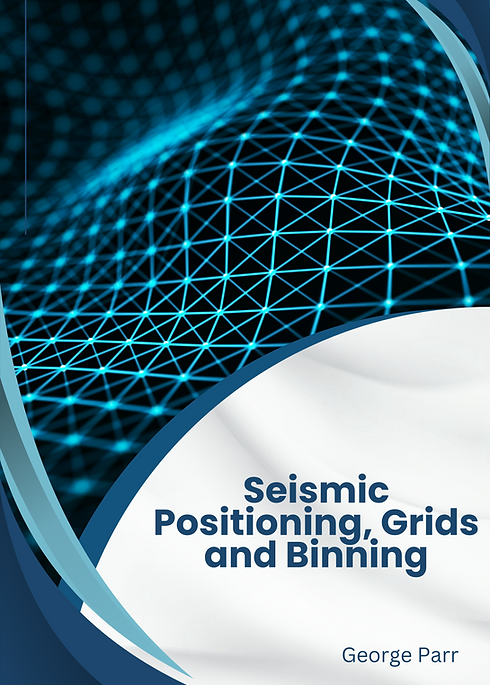
Get the basics right,
improve your entire workflow
We build cloud apps in-house that help clients across the globe manage their data and improve the decisions they make.

An online geodetic calculator for common coordinate conversions and transformations. Easily select source/target CRS and methods. Fetch parameters via GeoRepository API.
Geodetic Parameter Dataset contains definitions of coordinate reference systems and coordinate transformations which may be global, regional, national or
A QA/QC tool for legacy seismic data. Supports multiple formats, data import/export to P6 and P1 formats, coordinate checks, and transformations. Enables editing, error correction, and maintains a full audit trail for 2D/3D land, marine, and hazard surveys.
Import wellbore survey data via custom formats or manual entry. Perform geodetic referencing, compute trajectories, and generate QC plots. Validate angular/linear aspects, compare results, store metadata, calculate uncertainty, and export to IOGP P7/17 format.
Import SEG-Y files, decode headers, and visualize geo-spatial data by selecting byte locations. Use scripts to identify line names, export positioning data to formats like P1/90, and create LTOs for 2D and 3D seismic data.
The app is the resource offers practical and theoretical materials on navigation and positioning for hydrocarbon exploration, including videos, exercises, and slides covering geodesy, positioning, QC, data formats, and contract specifications.
Our products comprise a set of cloud-based applications that offer QA workflows and QC functionality for different geospatial data sets related to exploration activities. Central to the applications are two key components, namely GeoRepository and our geodetic computation library / algorithms. GeoRepository is the database that feeds each supported application with the parameters and parameter values used in the geodetic computations performed. For example, the conversion performed between the base projected CRS and seismic grid coordinate system to derived I and J from E and N.


Seismic Positioning, Grids, and Binning
This comprehensive guide explores the essential concepts of seismic positioning, seismic grids and the notion of binning related to seismic 3D acquisition. Covered in this book are key topics that include. Coordinate reference systems and coordinate operations related to derived CRSs. Seismic grid definitions in both pre and post survey activities, e.g., survey design and survey data management with respect to the geophysical objectives of data acquisition. An introduction to how seismic grids are modified through readjustment, reprojection and the need for regional master grids.
Readers will gain an insight into the following:
-
Defining and modifying seismic grids
-
Perimeter definitions and survey coverage considerations
-
Coordinate reference systems and coordinate operations associated with seismic grids
-
Relationship between survey design and data acquisition geometry
-
Managing seismic trace data through seismic grid definitions and the concept of binning and the accumulation of fold coverage
-
Common exchange file formats (P6 formats, GeoJSON) and the inclusion of seismic grid metadata
-
Operations for readjusting, reprojecting and merging grids
-
Audit trail for proposed well locations
This publication is designed for geoscientists, surveyors and data managers who require a general insight into the fundamentals of marine acquisition and seismic binning. It will prove a valuable companion to understanding the needs of metadata, seismic positioning and the geophysical requirements of seismic 3D data acquisition.